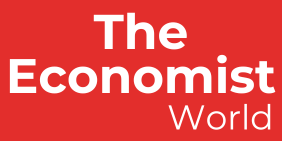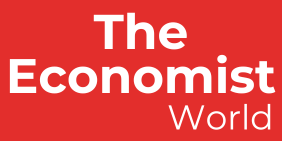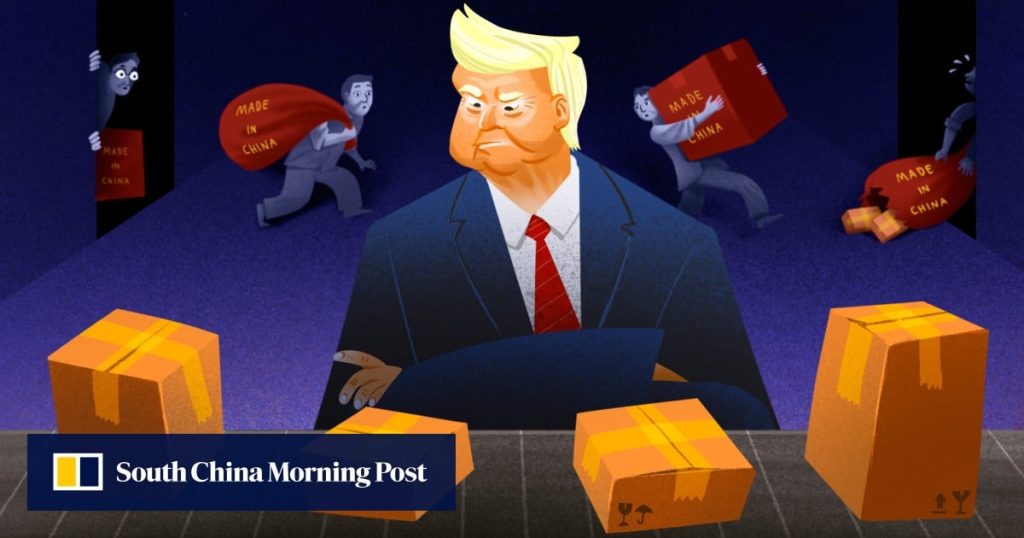With the pitched trade battle between the United States and China sending tariff rates into uncharted territory, the notion of the world’s two largest economies decoupling completely can no longer be relegated to the realm of academic theory.
But rather than this split causing one large, measurable fissure, it is splintering global supply chains in messier, riskier ways.
As the sweeping tariff regime of US President Donald Trump squeezes margins and muddles forecasts, whispers of off-the-books workarounds are now quietly circulating among manufacturers grasping for survival; with tax rates on some items reaching into triple digits, the motivation to smuggle or otherwise take risks has grown considerably.
From grey routes to proxy factories, a new era of evasive logistics is unfolding. This raises the question: is this what decoupling looks like?
“China now faces up to a 245 per cent tariff on imports to the United States as a result of its retaliatory actions,” the White House said in a fact sheet published on Tuesday, without providing specifics.
The rapid pace of tariff increases has only been matched by the speed at which they have been partially or fully reversed.


